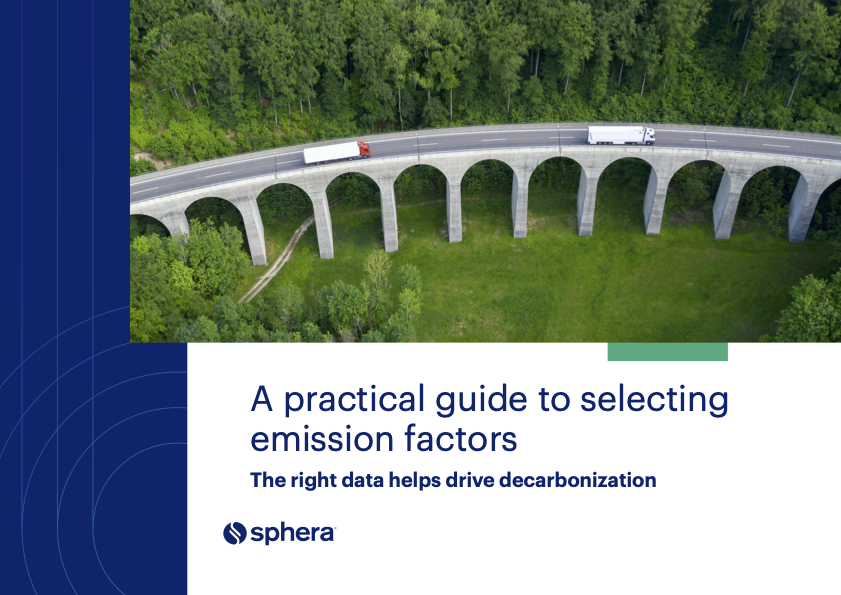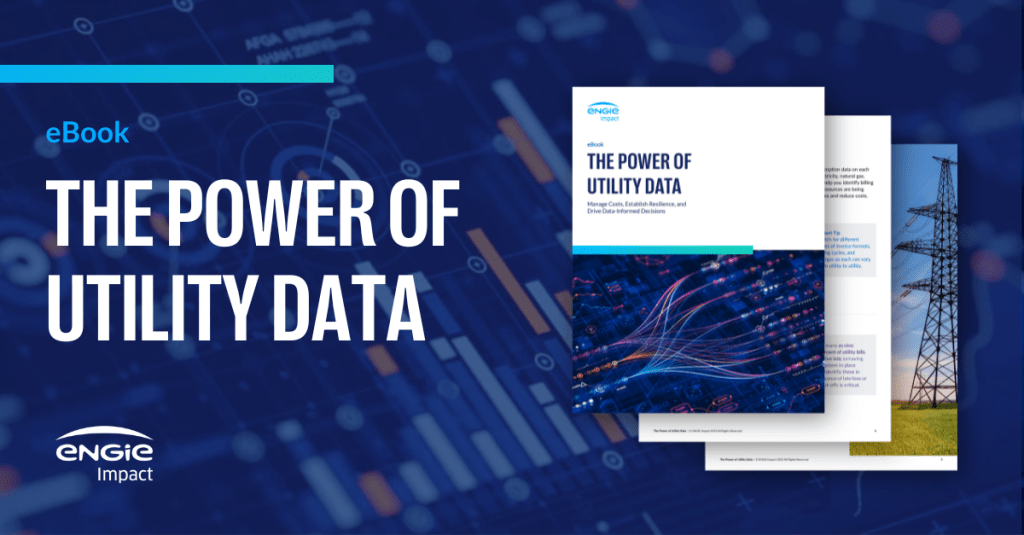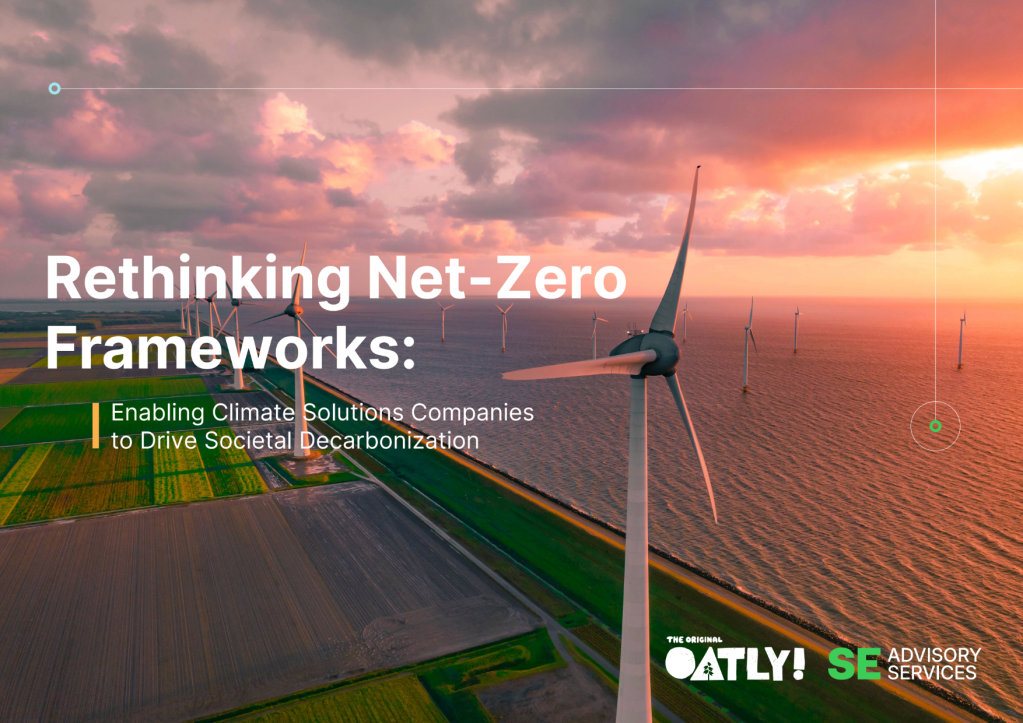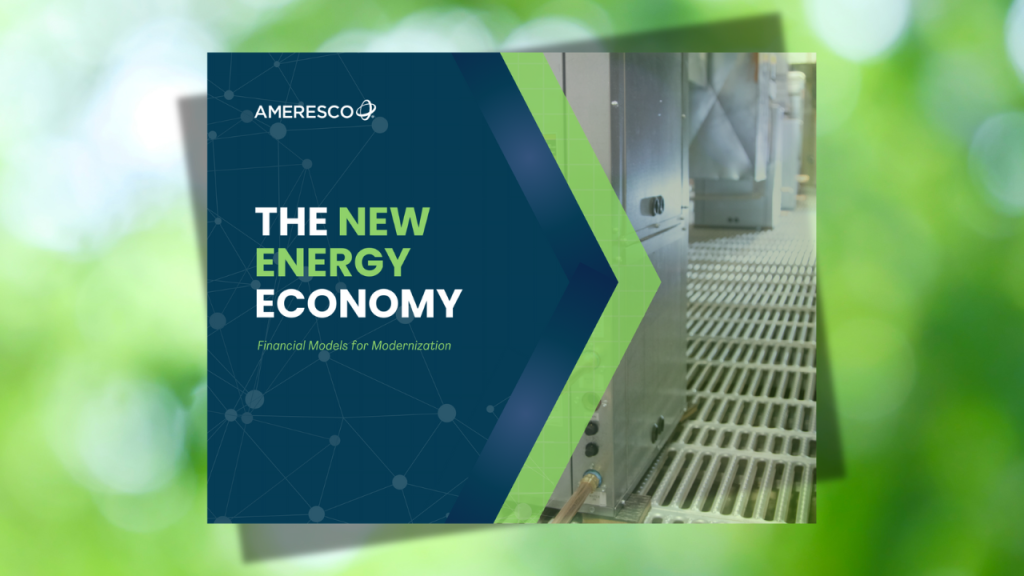Harvard and Yale invest in climate change
Financial returns aren't the only important metrics for the $700-plus billion held in university endowments. Read More

- As climate change and social inequality intensify, the $700-plus billion held in university endowments has become a battleground for institutional capital.
- Many leaders in the endowment space are shifting from just avoiding harm to actively financing renewable projects.
- To counter political criticism, measurement that connects direct investment decisions to real-world outcomes will be critical for endowment committees.
For decades, university endowments were judged by a single metric: financial returns. But as climate change and social inequality intensify, the $700-plus billion held in university endowments has become a battleground where fundamental questions about the purpose of institutional capital are being fiercely contested.
Some university endowments have quietly caved under political pressures, willingly reducing investments influenced by climate change or social inequality, or tangibly retreating from greenhouse goals. But others, citing a fiduciary responsibility, are steadfast in seeking favorable market financial returns along with measurable environment and social outcomes.
America’s most forward-thinking university endowments don’t just allocate capital seeking to avoid harm — they’re actively financing solutions through direct investments. They’re pushing forward the fossil-fuel divestment movement that began on college campuses a decade ago into a new green investing frontier.
Leaders in the climate capital shift
Today’s leading endowments are moving billions into climate solutions with the understanding that addressing the climate crisis represents the investment opportunity of a generation.
Harvard University — embroiled with the Trump administration over frozen federal funds and blocking international student enrollment — has a $51 billion endowment that’s made a notable pivot in its direct investment strategy. Beyond its commitment to a net-zero portfolio by 2050, it has allocated capital to climate-focused venture funds and developed a robust shareholder engagement program targeting emissions reductions in portfolio companies. Harvard’s direct investments in sustainable timberland assets have been particularly significant, with the endowment taking ownership positions in forestry projects designed for carbon sequestration alongside sustainable timber production.
Yale’s endowment, meanwhile, pioneered an approach where climate considerations became integrated into manager selection. It actively allocates capital to specialized investment managers focused on renewable energy infrastructure, with direct stakes in North American wind and solar projects.
Confronting inequality through capital allocation
The social justice reckoning of recent years has forced a conversation about how institutional capital perpetuates or confronts systemic inequalities. Here too, endowments are beginning to take direct action as they recognize that diverse investment managers and allocations can be strategically advantageous.
Duke University’s endowment has allocated capital to up-and-coming managers, with a particular focus on increasing the diversity of the investment teams handling their capital. By committing endowment dollars directly to first-time fund managers with diverse backgrounds, Duke is addressing the extreme imbalance of who controls capital in America, where less than 1.5 percent of assets are managed by women and minority-owned firms — despite evidence that diverse investment managers may make better decisions that lead to better performance.
The University of Pennsylvania’s endowment has developed a community investment initiative through which a portion of its portfolio is directly invested in Philadelphia-based businesses, with particular attention to enterprises owned by women and people of color. These investments seek market returns while addressing the racial wealth gap through direct capital allocation.
From negative screens to active financing
The most profound shift we’re witnessing is the movement from merely avoiding harm (negative screening) to actively financing solutions through direct investment strategies.
Princeton University’s endowment has moved beyond simply excluding fossil fuels to establishing a dedicated allocation for climate solutions within its natural resources portfolio. These direct investments include sustainable agriculture, renewable energy infrastructure and carbon markets.
Washington University in St. Louis has restructured its endowment to include a dedicated “impact investment pool” that makes direct investments in enterprises addressing social and environmental challenges. Importantly, these aren’t segregated, concessionary investments — they’re integrated into the core portfolio with the same return expectations as traditional investments.
Williams College’s endowment has pioneered direct investments in the circular economy, taking ownership positions in companies developing technologies and processes to reduce waste and resource consumption. These investments represent a bet that the economy of the future will reward resource efficiency and sustainability.
Navigating the political crossfire
These direct endowment investments aren’t evolving in a vacuum. They’re developing in an increasingly polarized political environment where terms such as ESG and DEI have become lightning rods for controversy.
Since 2022, more than 30 states have proposed or passed anti-ESG legislation aimed at penalizing financial institutions that consider climate risk in their investment decisions. We’ve witnessed a coordinated campaign against sustainable and justice-oriented investing. University endowments making direct investments in these areas have faced intense pressure from wealthy donors and politically motivated state officials threatening funding cuts.
The University of Texas endowment faced pressure from state officials to maintain investments in fossil fuels, despite the financial case for diversification. In 2023, state law was passed that prohibited divestment, contrary to university wishes. At present, the endowment is prohibited from investing in companies that boycott fossil fuel producers, but still can consider ESG factors it deems material to long-term returns and risks.
Similarly, the University of Florida’s endowment recently faced scrutiny from state officials after making direct investments in renewable energy projects, with critics labeling these investments political rather than financial — although the endowment’s decision was based on projected returns and risk assessment, not ideology.
“What we’re seeing,” notes one investment committee chair, “is the weaponization of fiduciary duty against endowments making direct investments in climate solutions.”
Despite these pressures, many endowments are standing firm, recognizing that their direct investments in climate solutions and social justice aren’t just aligned with their institutions’ values. They’re aligned with their fiduciary duty to protect and grow capital for the long term. Their persistence offers a powerful rebuke to the false narrative that there must be a trade-off between financial prudence and addressing systemic challenges.
The path forward: Transparency and measurement
What these leading endowments have in common is a commitment to measuring and reporting on the real-world impact of their direct investments. Michigan State University’s endowment has developed proprietary metrics to evaluate the carbon reduction achieved through its direct investments in energy efficiency technologies. And Massachusetts Institute of Technology’s endowment has created a framework for assessing how its direct venture investments contribute to climate mitigation.
These measurement approaches are critical because they connect direct investment decisions to real-world outcomes, giving endowment committees the data needed to fulfill their fiduciary duties in a changing world. The transparency around these metrics also helps counter political criticism by demonstrating the empirical basis for investment decisions.
Yet most university endowments remain opaque in their operations and unwilling to disclose details about their direct investments, in a desire to protect proprietary investment information and avoid potential backlash.
As pioneering university endowments continue to show what’s possible when capital fully embraces its power to shape the future through direct investment decisions, it’s critical that endowment committees, university presidents, students and alumni recognize the political heat around these investments and continue to make the financial case for them.
Because in the end, what good is preserving financial capital if we destroy the natural and social systems upon which all returns ultimately depend? No amount of political posturing can change the physics of climate change or the mathematics of inequality. The endowments leading this charge understand a simple truth: in the long run, there’s no sustainable wealth creation on an unsustainable planet or in a deeply unequal society.
[Get equipped with strategies to harness the power of capital for the clean economy transition at GreenFin, Oct. 28-30, San Jose.]

Subscribe to Trellis Briefing
Featured Reports

The Premier Event for Sustainable Business Leaders















